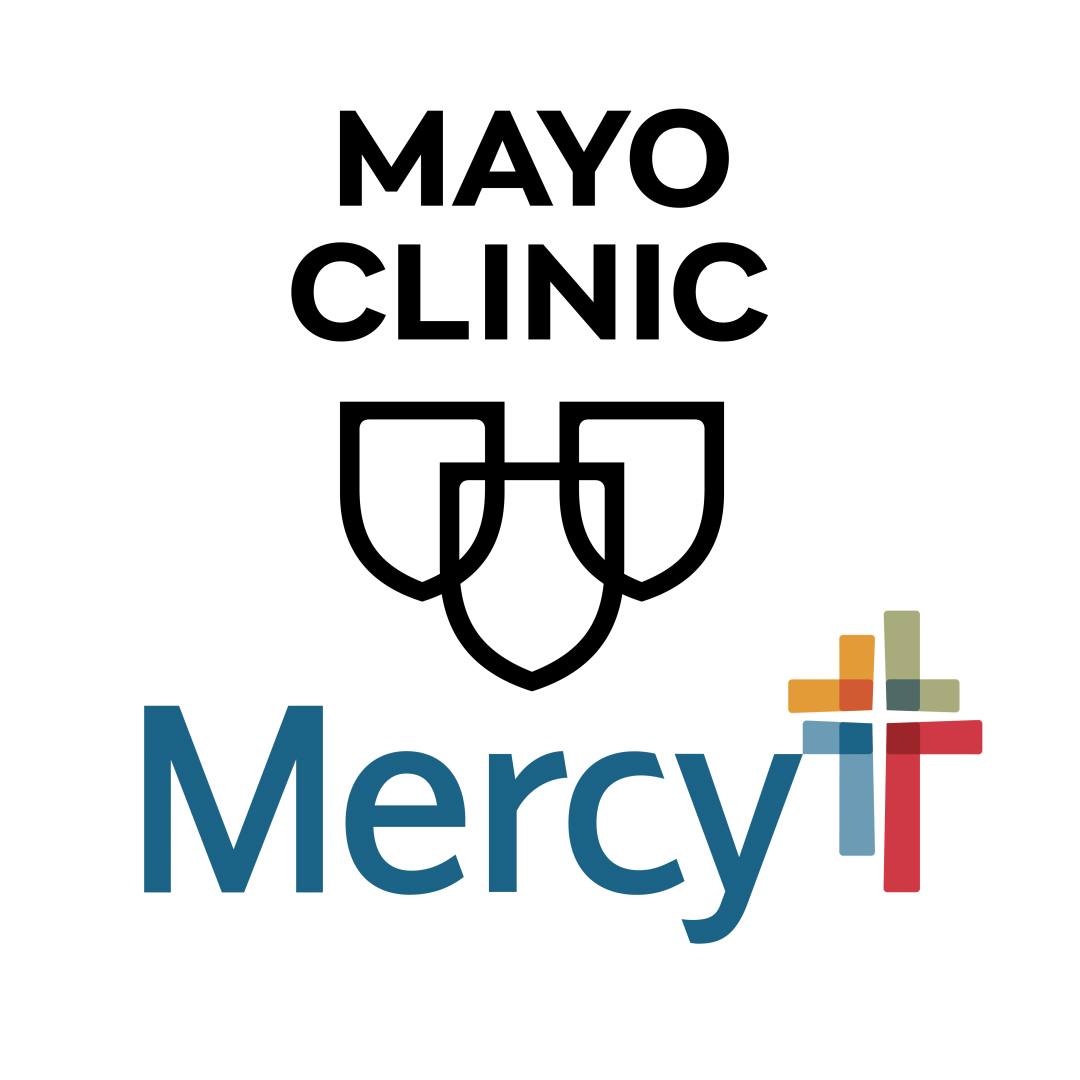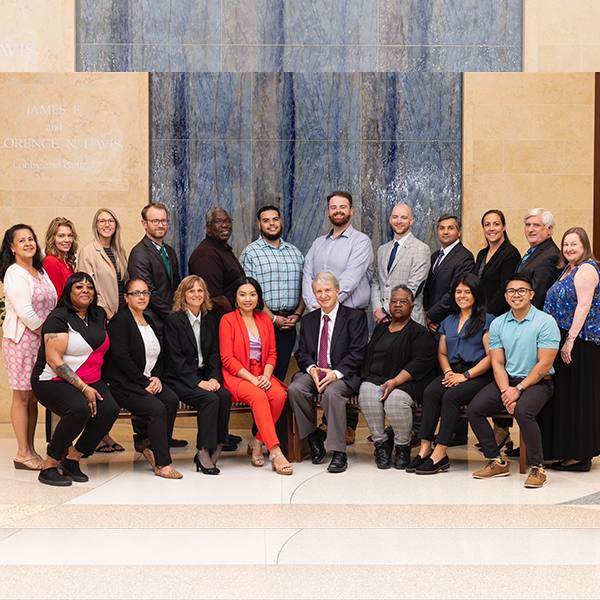-
Research
Diagnostic test — Matthew Binnicker, Ph.D., reflects on a lab in a pressure cooker
Matthew Binnicker, Ph.D., director of the Clinical Virology Laboratory in the Division of Clinical Microbiology at Mayo Clinic in Rochester, has been involved in his fair share of viral outbreaks. He led a team that worked to develop a test for the Zika virus outbreak in 2016. He was involved in planning for patients during the Ebola outbreak in 2014 and for the H1N1 virus outbreak in 2009. During his fellowship in clinical microbiology at Mayo Clinic Graduate School of Biomedical Sciences, he developed a test to diagnose Valley Fever, a fungal infection in the Desert Southwest. His was the first polymerase chain reaction (PCR) molecular test to diagnose Valley Fever in a clinical laboratory in the U.S.
Despite that experience during two decades at Mayo Clinic, Dr. Binnicker says the early days of the COVID-19 pandemic were the most hectic of his career. He and his lab staff were under intense pressure to deliver a test to diagnose COVID-19 for Mayo Clinic and its patients. "The eyes of the entire institution were on us. We understood the importance of a test and knew we had to deliver."
Test development at warp speed
Dr. Binnicker began hearing about the new coronavirus during the final weeks of 2019. At a meeting in mid-January 2020, he asked representatives of some diagnostics companies if they were considering test development. At that time, the general attitude was wait-and-see. Coronavirus outbreaks in 2003 and 2012 didn’t spread widely, and many experts didn’t expect a pandemic in 2020.
15 people worked around the clock to produce and validate Mayo's test
A month later, many experts began to realize this coronavirus outbreak wasn’t waning. Late in February, Dr. Binnicker and his colleagues at Mayo Clinic decided to commence development of a molecular diagnostic (i.e., PCR) test. At the time, no manufacturers offered tests to detect the virus in respiratory samples.
From late February through the second week of March, a team of 15 worked around the clock to produce and validate Mayo’s test and submit it to the Food and Drug Administration (FDA) for Emergency Use Authorization (EUA). On March 12, Mayo began using the test, which ultimately received EUA from the FDA.
To put the test’s development into perspective, Dr. Binnicker says the normal time frame to bring in a new test is six to nine months, using a lab team of one or two staff members. In this case, the time frame was three weeks, and the team numbered 15.
To motivate team members in a pressure cooker situation, Dr. Binnicker reminded them of their training. “As clinical microbiologists and infectious disease experts, we live for a situation like this. We train our entire lives to meet the needs of and be of service to patients who need diagnostic testing.”
To put the intensity of pressure into perspective, Dr. Binnicker says the Ebola outbreak was a 4 or 5 out of 10. This was a 10.
“I worked 165 days in a row. During the early days, I was on the phone late every night with contacts in Singapore and China. Singapore had many cases early on, and they were great about sharing knowledge they’d gained. For example, they provided experience about how to treat samples to inactivate the virus so we didn’t put lab staff at risk.
"Late-night conversations with Shawn Vasoo, M.B.B.S. (a Mayo alumnus), clinical director at the National Centre for Infectious Diseases at Tan Tock Seng Hospital in Singapore, provided valuable information about what we could expect in the coming weeks and months."
Full speed ahead
Within two days of launching the test, Dr. Binnicker’s lab detected the first positive COVID-19 case in a Mayo Clinic patient. “It was confirmation that our efforts had tangible benefits and the patient could be quarantined,” says Dr. Binnicker.
While the three weeks of test development were hectic, Dr. Binnicker describes March 12–31 as the most intense days of his life. With the test introduced, the lab was inundated with phone calls from harried physicians — questions about how to order the test and what the results meant.
“It normally takes months of experience with a new test to figure out the nuances and minor details,” says Dr. Binnicker. “We were learning as we went along and trying to convey information to physicians at the same time.”
Simply having a test didn’t ensure smooth sailing. Initially, Dr. Binnicker’s lab could run only a few hundred samples per day. They’ve worked to increase to about 5,000 samples per day with the single test. By Oct. 1, Mayo Clinic Laboratories, the global reference laboratory for Mayo Clinic, was receiving almost 20,000 samples per day from around the U.S. for testing by multiple commercial platforms.
“I’m thrilled that, due to the focus on test development in the pandemic, labs and lab professionals are getting some of the recognition they deserve. They’re among the unsung heroes.”
— MATTHEW BINNICKER, PH.D.
In addition to praising Mayo’s leadership, Dr. Binnicker is effusive about his lab team. “Everyone worked long hours, sacrificed time with their families for weeks and months, and came together to accomplish things we previously would’ve thought impossible, such as developing a new test in three weeks and validating commercial tests in a weekend. I learned that our wonderfully talented team can get us through any crisis or challenge. My reliance on and trust of our amazing team shot through the roof.
“I’m thrilled that, due to the focus on test development in the pandemic, labs and lab professionals are getting some of the recognition they deserve. They’re among the unsung heroes. During the COVID-19 pandemic, we’ve been able to put our skills, which have been honed over years of experience, to use; and the lab profession has certainly risen to the occasion. It’s been exciting and exhausting at the same time, and we’re ready to return to normalcy. There are plenty of other diseases that we look forward to focusing on again in the future.”
###
This article was originally published in Mayo Clinic Alumni Magazine, 2021 Issue 1.
Related resources at Mayo Clinic:
- Department of Laboratory Medicine and Pathology
- COVID-19 news and information
- Recent news from Mayo Clinic, with Dr. Binnicker









